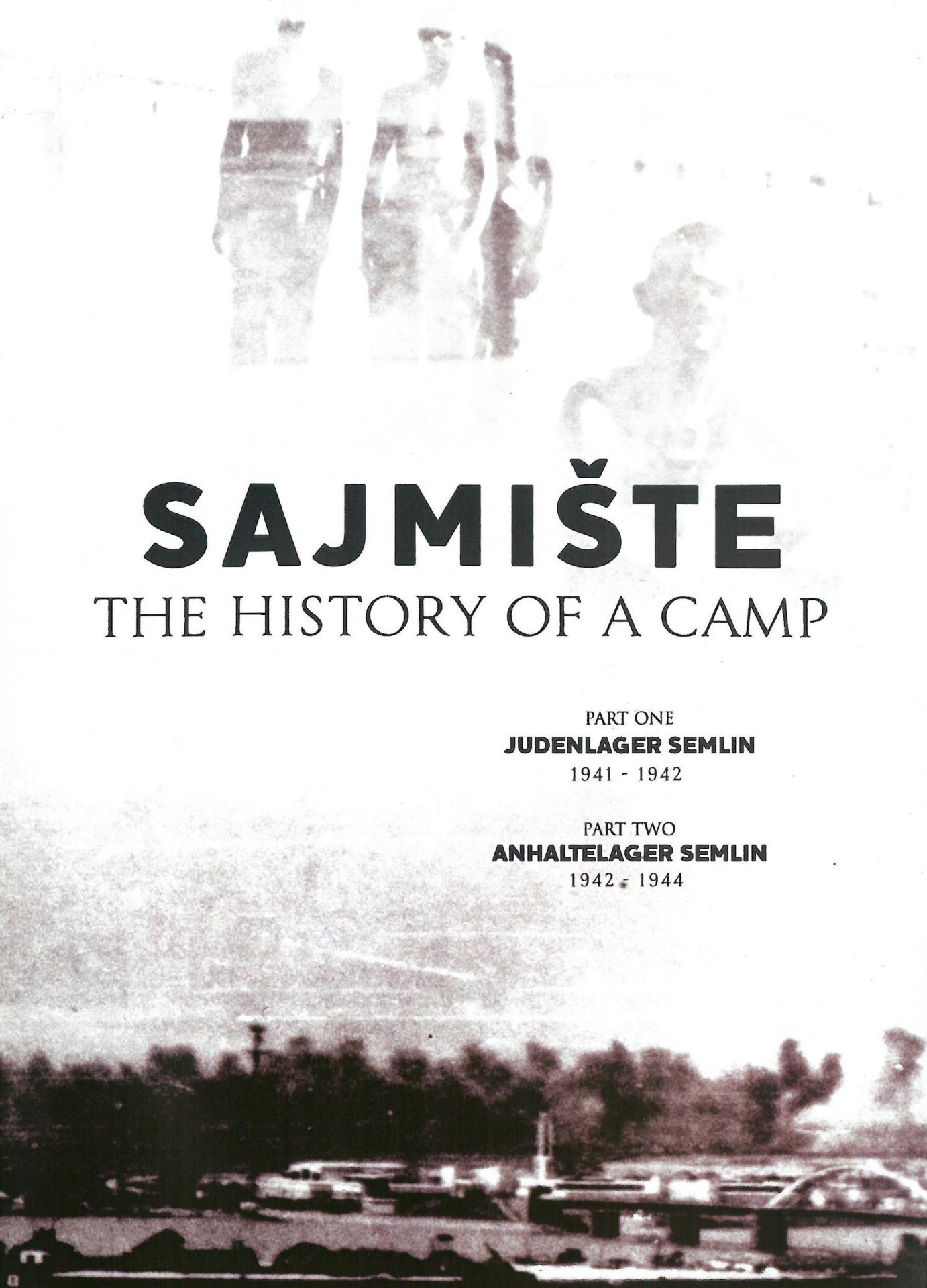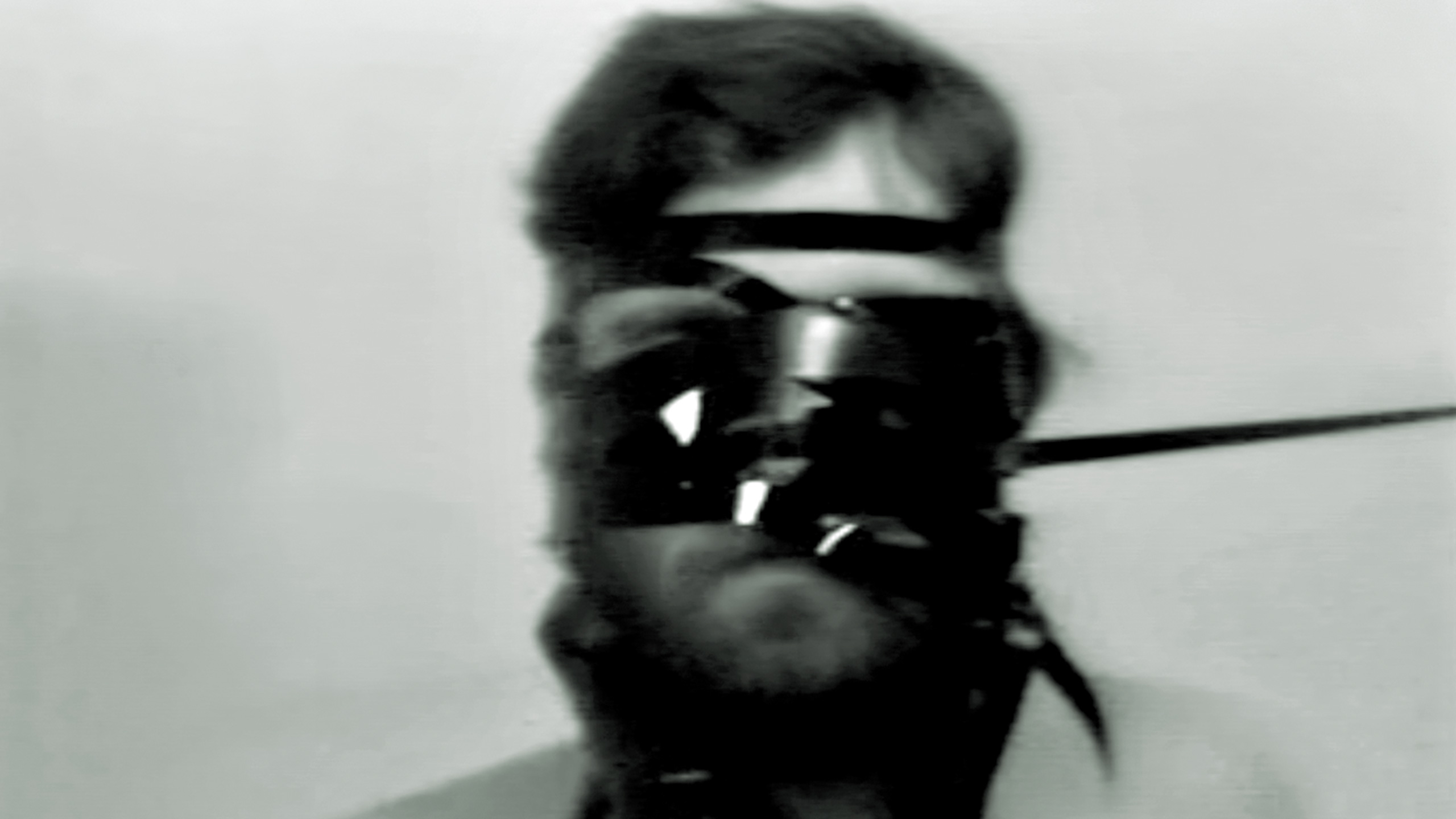
Publications

SAJMIŠTE – The History of a Camp
Producer: Veran Matić
Directors: Marko Popović, Srđan Mitrović
Publisher: Belgrade: TV B92
Content: 1 DVD (96 min.)
Year: 2009
Sajmište, the place whose name used to be whispered in fear, is today practically buried in oblivion. Present-day occupants of former fairground pavilions, from which thousands of incarcerated camp prisoners were taken to their deaths, are ordinary people who know very little or next to nothing about the horrific history of this site. Where the concentration camp hospital used to be, concerts, boxing matches and fashion shows take place today. At the execution site there is only a modest memorial plaque as a reminder of the actual horrors that unfolded in this place. Not so long ago, Sajmište, in these parts, represented something altogether different…
On the eve of the war, years of progress
On 11 November 1937, the new fairground complex, which the then Yugoslavia had been awaiting for so long, finally opened pompously with all the formal trappings, including speeches and ribbon-cutting ceremony. The most ambitious construction project of a fledgling state was the material evidence of its firm resolve to join the family of developed democracies. Concerts, restaurants, the world’s most advanced industrial achievements on display, even the first-ever television broadcast instantly made this venue popular with Belgraders. And yet, sinister Nazi flags fluttering in the breeze in front of Germany’s pavilion were birds of ill omen foreshadowing the horrible role that Sajmište was about to assume…
Judenlager Semlin 1941-1942
Even before Yugoslavia officially capitulated, the occupation authorities in Serbia had issued an order for the mandatory registration of all Jews. In the following 13 months, almost 90 percent of Serbia’s Jews were murdered. From July to November 1941, at the site of the makeshift camp Topovske šupe, almost all Jewish men were murdered. Soon after that, the remaining Jews – women, children and the elderly – were transferred to a newly established camp, Judenlager Semlin – Sajmište. From December to May in the following year, with few exceptions, all the internees were gassed to death in a gas van that was soon to be referred to in Serbia as “dušegupka” or death van. Franz Rademacher, head of what was called the Jewish desk at the German Ministry of Foreign Affairs, proudly declared on 29 May that “the Jewish question is no longer an issue in Serbia…”
Anhaltelager Semlin 1942-1944
In May 1942, when the last remaining groups of Jews were being taken to death in the Saurer gas van, official German documents referred to the Judenlager as Anhaltelager Semlin – the camp for internment of prisoners of war, political opponents and civilians designated to become forced labourers of the Third Reich. In the course of the next two years, over 30,000 people, mostly Serbs from the territory of the Independent State of Croatia, NDH, the pro-Fascist puppet state, but also Croats, Muslims, Jews, Albanians, Italians, Greeks, would be imprisoned here. Horrible living conditions, poor food rations and endless torture of prisoners resulted in the death of every third internee. The prisoners died of starvation, exhaustion or brutal beatings. The camp was finally shut down following an Allied bombing raid in April 1944.
Sajmište today
“Sajmište – The History of a Camp” tells the story of this place, starting with the pre-war construction of the fairground complex, continuing all the way through horrific war-time years, and ending with its closure in April 1944. It is a peculiar and never sufficiently clarified fact that this place of immense suffering virtually sank into oblivion in post-war Communist Yugoslavia. Presenting new documents and interpretations, exclusive testimonies of surviving witnesses, and previously unpublished and unseen archive materials, this documentary strives to remind the general public of the horrors that unfolded in this place during World War II as well as to prompt the authorities to finally mark this site of suffering in an appropriate way.
This publication is available at ERSTE Foundation Library.



